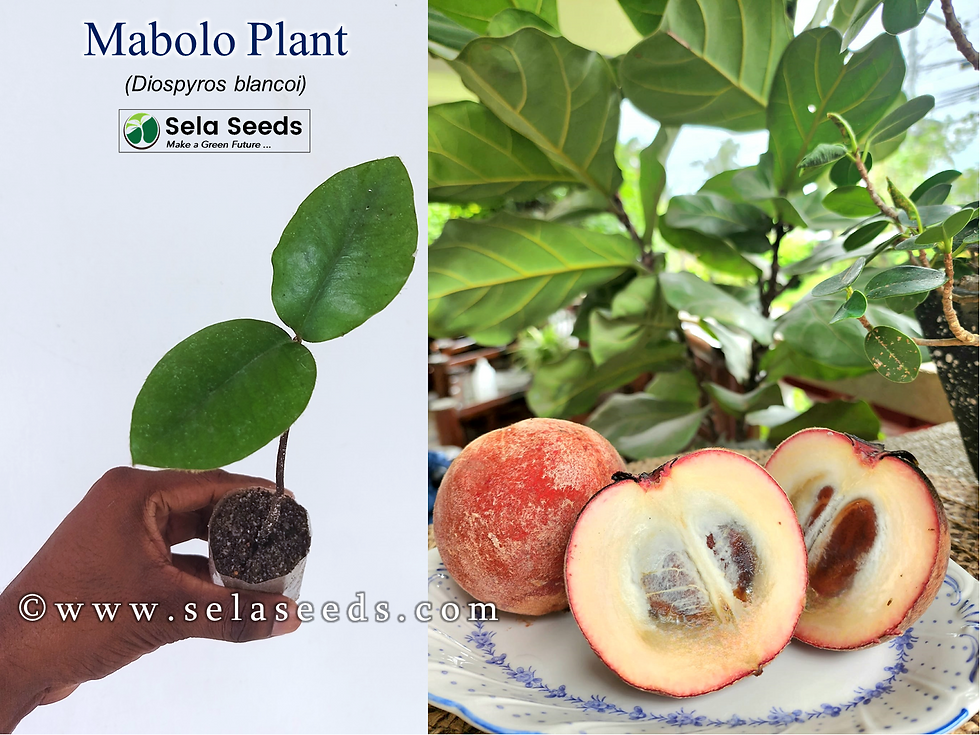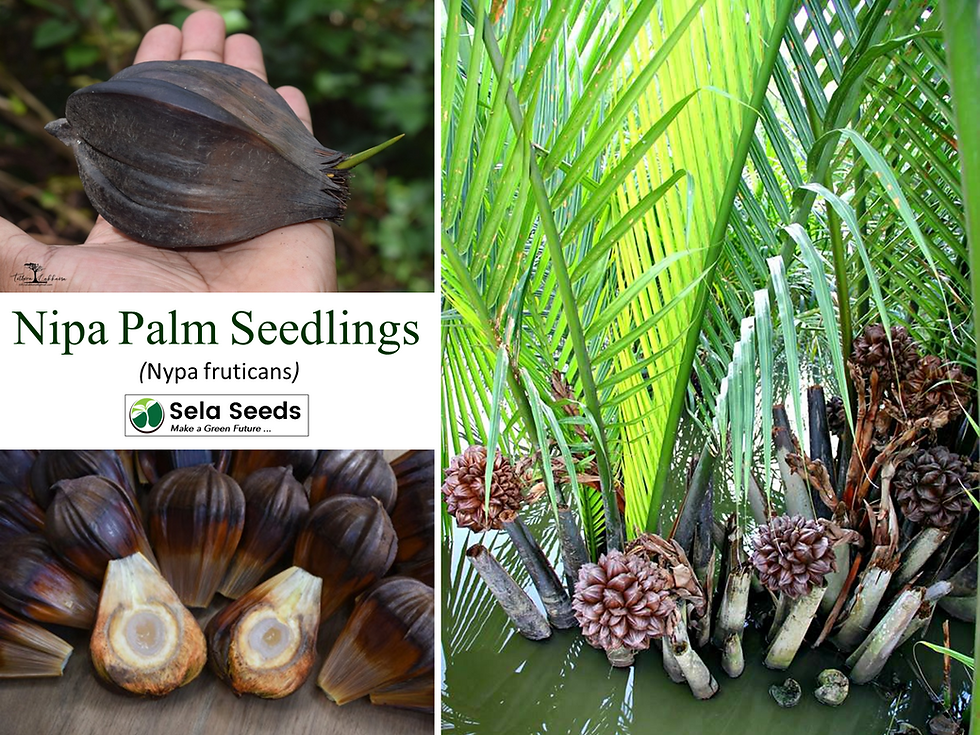Description/Taste
Sour oranges are small to medium in size, averaging 7-8 centimeters in diameter, and are round to oval in shape. The rough skin transitions from green when young to red-orange when mature and is thick, aromatic, wrinkly, and bitter with small oil glands that create a slightly bumpy texture. Underneath the skin, the pale orange flesh is firm, contains a few to many small, inedible seeds, and is divided into 10-12 segments by thin, white membranes. With maturity, the center of the flesh may also become hollow. Sour oranges are juicy and acidic with an extremely bitter taste.
Seasons/Availability
Sour oranges are available year-round, with a peak season in the late fall through early spring.
Current Facts
Sour oranges, botanically classified as Citrus aurantium, are bitter fruits that grow on compact evergreen trees reaching 3-9 meters in height and are members of the Rutaceae or citrus family. Also known as the Bitter orange, Seville orange, and Bigarade, Sour oranges are found in tropical and subtropical climates all over the world, often near water and in wooded areas, and have become a prominent acid in many different cultural cuisines. Mainly used for their juice and fragrant rind as flavoring, Sour oranges are incorporated into both sweet and savory culinary applications, cooked into marmalade, and the essential oils are also extracted and used as a fragrance for household cleaning detergents.
Nutritional Value
Sour oranges contain some fiber, folate, magnesium, potassium, and vitamin C.
Applications
Sour oranges are best suited for flavoring culinary dishes and are rarely used in fresh applications as their bitter flesh is unpalatable raw. The orange rinds and juice are most commonly used in marmalades due to their high pectin content and are often spread over crackers and bread for a sweet-tart meal. The oranges can also be juiced and used to flavor salsas, soups, salad dressings, ceviche, marinades for meat, chutney, candy, puddings, pies, and candied fruits. In addition to food dishes, the juice of Sour oranges is used in cocktails, in liquors such as cointreau, curacao, triple sec, and grand mariner, used to flavor teas, or made into a lemonade-like drink mixed with sugar to balance out the acidity. The orange can also be pickled and served as a condiment on gyros and tacos. Sour oranges pair well with meats such as chicken, duck, pork, beef, and fish, garlic, bay leaves, cumin, serrano peppers, and herbs such as cilantro, oregano, and thyme. The fruits will keep for 2-4 weeks when stored loosely wrapped in the refrigerator.
top of page
$6,00Prijs
Nog maar 4 op voorraad
Gerelateerde producten
bottom of page

































